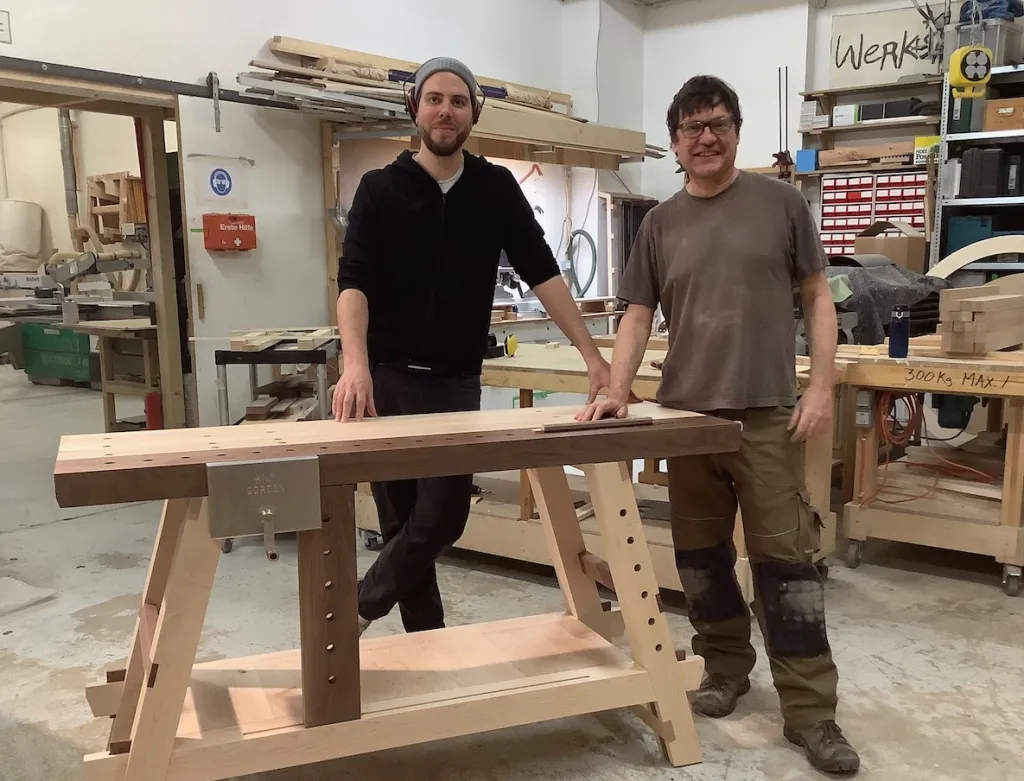Creating the perfect workshop requires an investment of both time and money. You must make sure your space has ample storage, the right tools, lighting, and adequate workspace. One of the most important investments you make when setting up a workshop is your workbench.
With a variety of models available for purchase, it’s important to make sure you consider a few key factors before you buy: size, durability, portability, and storage capacity. Each element is important for creating an efficient workspace that maximizes comfort and safety for optimal results on any project. This guide explains why each one is that important when creating the perfect workbench for your workshop.
Types of Workbenches
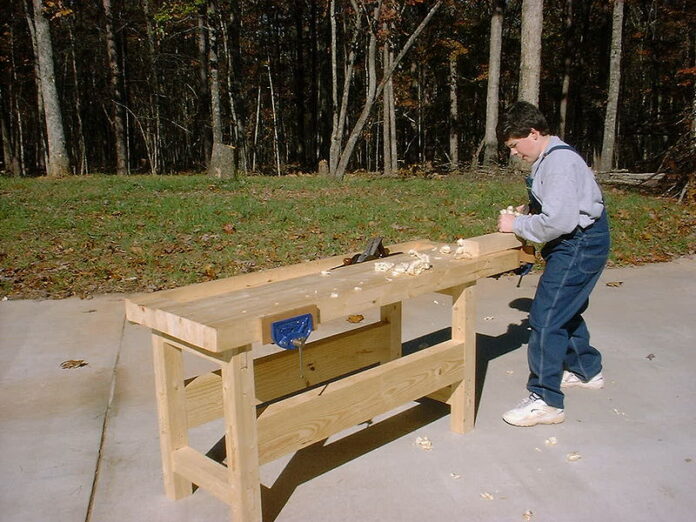
When it comes to establishing the perfect workshop or home office, choosing the best workshop workbench is a critical decision. If you’re looking for one that meets your needs, there are various types of workbenches available. Depending on the nature of your projects, each selection offers its own benefits. Here’s a breakdown of some popular types:
Stationary Workbenches
They are often constructed with heavy-duty parts and offer plenty of storage space and stability. These popular models come in different sizes and materials such as wood, metal, and plastic. They typically feature adjustable shelves and drawers on either side — making them an excellent option for those who need ample storage while they complete tasks.
Folding Workbenches
Folding workbenches are more lightweight than stationary models, however, they offer similar features in terms of practicality and mobility. This type typically takes up less space, making it ideal for apartments or other cramped areas. When not in use they can be easily moved or folded away until needed again.
Portable Workbenches
As the name implies, portable workbenches can be transported if necessary and make setting up wherever you want (in your yard for outdoor projects or across a room to utilize more space) easy and efficient. Portable workstations usually don’t offer an abundance of storage but depending on your needs this may not be necessary; when working on smaller DIY projects such as furniture assembly these benches may be all you need! They often feature adjustable heights so users can find their most comfortable position as they complete tasks from sawing to sanding or drilling holes into wood pieces.
Height-adjusted Workbench
These models allow greater versatility by enabling users to change the height based on their preference — whether they’re standing or sitting — with a simple crank handle that adjusts the legs accordingly with minimal effort required! This versatile option is suitable for everything from woodworking to electronics repair, helping ensure any project is executed at ease while also providing ergonomic support to prevent discomfort due to hunched seating positions over time.
Materials and Construction
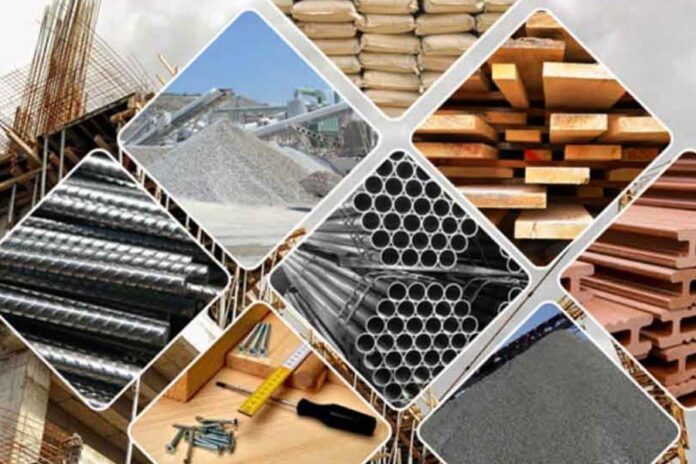
Both size and weight of the workbench matter to ensure that the proper materials chosen can handle the job. For strength, hand-picked hardwood is usually preferred as it is durable and built to last. Other materials such as metal or composite wood can also be beneficial depending on budget, needs, and preferences.
In addition to material type, look at construction type as this greatly affects weight capacity. All-welded workbenches are often more reliable due to their greater load-bearing capacity but require a higher initial investment. Bolt-together benches are generally less stable but may be suitable for lighter applications using smaller tools. Assembly benches have adjustable parts with movable clamping arms which allow you to easily add customization as needed, making them ideal for special projects or home repair purposes.
Finally, check for features such as drawers and pigeon holes which provide convenient storage for tools or supplies when working on projects in an organized manner. When shopping for a workbench make sure all the bells and whistles fit within your desired budget before making a final purchase decision.
Considerations for Size and Dimensions
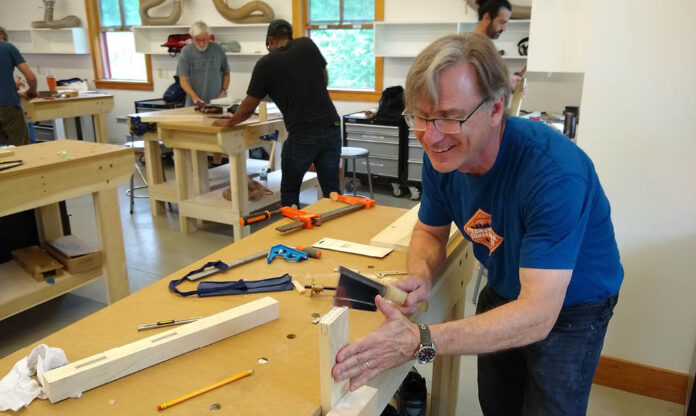
Choosing the right size and dimensions for your workbench is essential for creating an optimal workspace. When considering the size of your workbench, it’s important to reflect on the types of materials and supplies you’ll be using. It’s also essential to measure any larger items such as tools and equipment that you plan to have on or near your bench.
Dimensions include both height and width; choose a bench height at least 1-2 inches above your tallest tool, allowing you room to move items around without overextending your arms or bumping into nearby objects. Additionally, consider the depth of the worktop; a depth of at least 24 inches is recommended so you can store documents while working.
Finally, ensure that your chosen space is well-ventilated; air circulation prevents the buildup of dust particles which will extend the life of power tools and make cleaning easier.
Accessories and Add-Ons
No workshop is complete without the essential accessories and add-ons to enhance your experience. Common items include shelves, clamps, vises, drawers, and pegboards. Pegboards offer unlimited storage potential for keeping tools and supplies organized. Hooks can also be used to store both heavy-duty items like ladders or other robust tools as well as lighter items such as hammers or screwdrivers. Other helpful accessories include retractable power cords, designated tool rests, and electrical outlets. You may also choose to purchase a mobile unit that includes wheels for easy maneuverability around the work area.
When considering a workbench, think about the type of crafts or tasks you plan on completing before investing in any add-ons or accessories. This will help you determine the types of pieces you should look out for when shopping, such as adjustable legs, extra surfaces, or storage options that suit your particular needs. Consider any additional pieces you may require over time so that when ready to purchase your bench, you have an idea of exactly what accessories and features will enhance your workspace.
Budgeting for Your Workbench
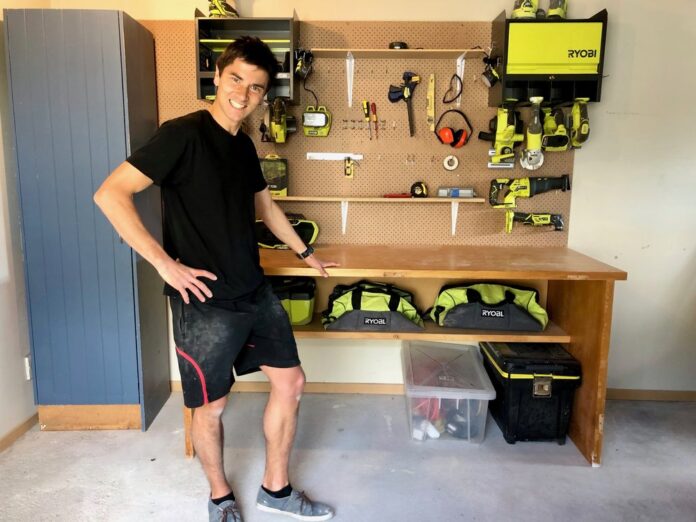
When deciding how much you can spend on building your dream workbench, there are a few things to consider. First, take into account the amount of time you can realistically dedicate to building it. If you do not have much free time for construction and want to invest in prefabricated equipment, your budget will be higher than if you are planning a more DIY approach.
Secondly, factor in the cost of materials – wood, steel, etc. All of these will add up and impact the final cost. If possible, always purchase high-quality materials that will last longer and perform better than cheap alternatives. It is also important to include all small expenses such as clamps, screws, and other hardware that may not be apparent at first glance but are still required for your project.
Conclusion
Creating the perfect workbench is all about personal preference, practicality, and considering the resources available. Know what type of projects you will be undertaking, where you’ll need to store it, and how much space you have.
Remember to take into account your budget and be sure to also factor in quality materials for longer-lasting use. With these tips in mind, you’ll find the most suitable workbench for your needs and create a productive workspace that will last for years.
